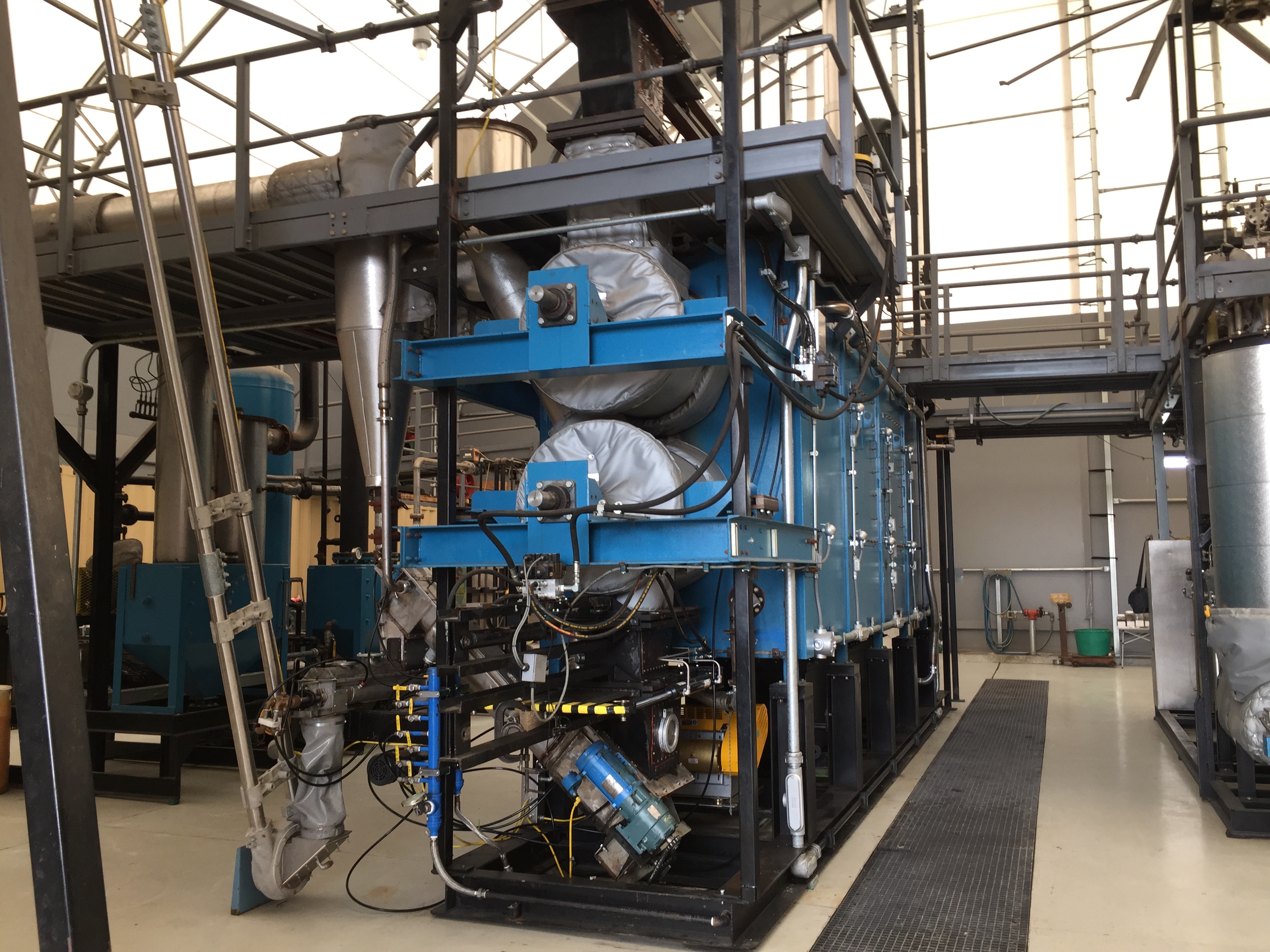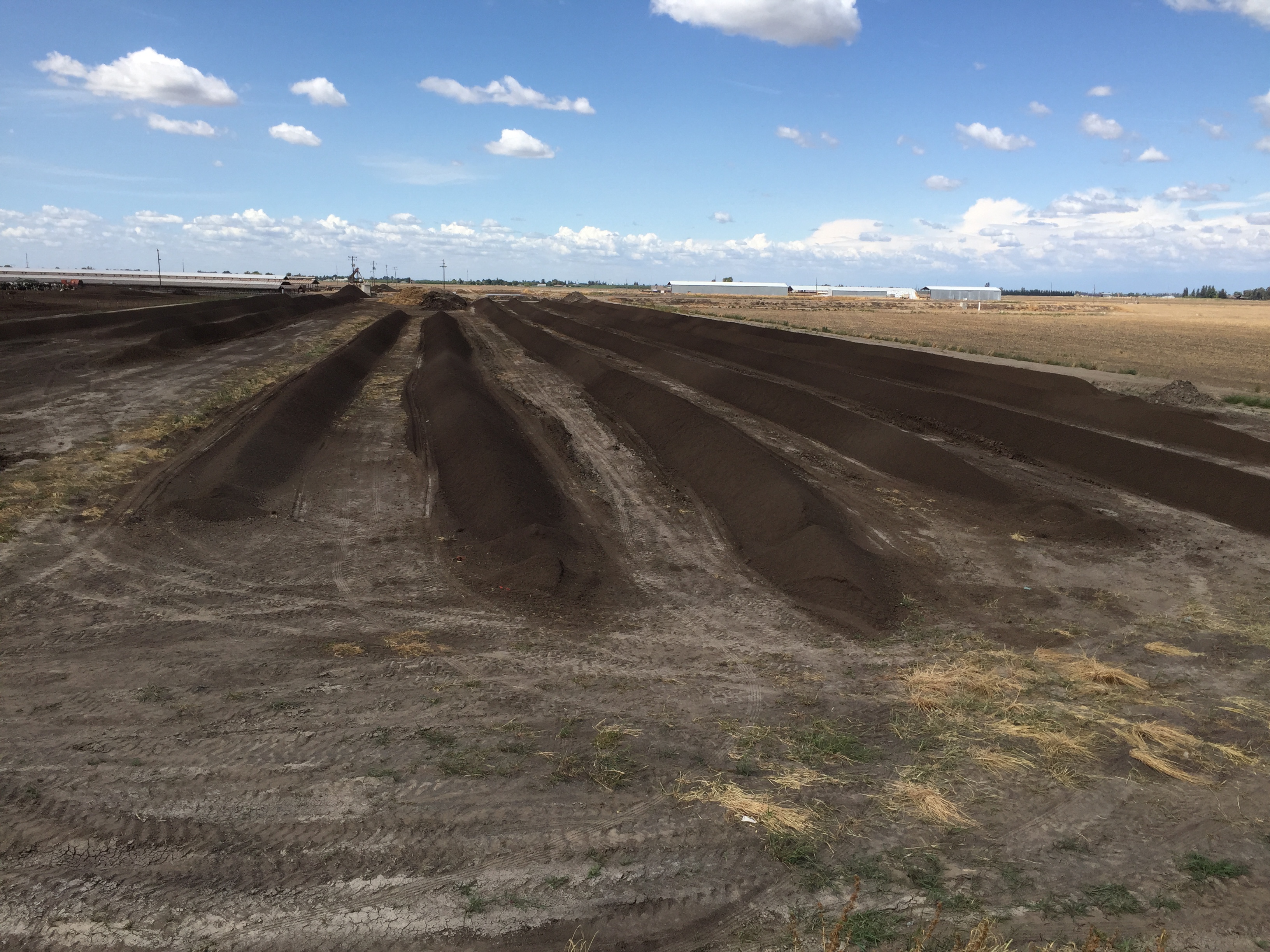Proceedings Home | W2W Home 
Purpose
Manure is an inevitable by-product of livestock production. Traditionally, manure has been land applied for the nutrient value in crop production and improved soil quality.With livestock operations getting larger and, in many cases, concentrating in certain areas of the country, it is becoming more difficult to balance manure applications to plant uptake needs. In many places, this imbalance has led to over-application of nutrients with increased potential for surface water, ground water and air quality impairments. No two livestock operations are identical and manure management technologies are generally quite expensive, so it is important to choose the right technology for a specific livestock operation. Information is provided to assist planners and landowners in selecting the right technology to appropriately address the associated manure management concerns.
What did we do?
As with developing a good conservation plan, knowledge of manure management technologies can help landowners and operators best address resource concerns related to animal manure management. There are so many things to consider when looking at selecting various manure treatment technologies to make sure that it will function properly within an operation. From a technology standpoint, users must understand the different applications related to physical, chemical, and biological unit processes which can greatly assist an operator in choosing the most appropriate technology. By having a good understanding of the advantages and disadvantages of these technologies, better decisions can be made to address the manure-related resource concerns and help landowners:
• Install conservation practices to address and avoid soil erosion, water and air quality issues.
• In the use of innovative technologies that will reduce excess manure volume and nutrients and provide value-added products.
• In the use of cover crops and rotational cropping systems to uptake nutrients at a rate more closely related to those from applied animal manures.
• In the use of local manure to provide nutrients for locally grown crops and, when possible, discourage the importation of externally produced feed products.
• When excess manure can no longer be applied to local land, to select options that make feasible the transport of manure nutrients to regions where nutrients are needed.
• Better understand the benefits and limitations of the various manure management technologies.

Complete-Mix Anaerobic Digester – option to reduce odors and pathogens; potential energy production

Gasification (pyrolysis) system – for reduced odors; pathogen destruction; volume reduction; potential energy production.

Windrow composting – reduce pathogens; volume reduction

Centrifuge separation system – multiple material streams; potential nutrient
partitioning.
What have we learned?
• There are several options for addressing manure distribution and application management issues. There is no silver bullet.
• Each livestock operation will need to be evaluated separately, because there is no single alternative which will address all manure management issues and concerns.
• Option selections are dependent on a number of factors such as: landowner objectives, manure consistency, land availability, nutrient loads, and available markets.
• Several alternatives may need to be combined to meet the desired outcome.
• Soil erosion, water and air quality concerns also need to be addressed when dealing with manure management issues.
• Most options require significant financial investment.
Future Plans
Work with technology providers and others to further evaluate technologies and update information as necessary. Incorporate findings into NRCS handbooks and fact sheets for use by staff and landowners in selecting the best technology for particular livestock operations.
Corresponding author, title, and affiliation
Jeffrey P. Porter, P.E.; National Animal Manure and Nutrient Management Team Leader USDA-Natural Resources Conservation Service
Corresponding author email
Other authors
Darren Hickman, P.E., National Geospatial Center of Excellence Director USDA-Natural Resources Conservation Service; John Davis, National Nutrient Management Specialist USDA-Natural Resources Conservation Service, retired
Additional information
References
USDA-NRCS Handbooks – Title 210, Part 651 – Agricultural Waste Management Field Handbook
USDA-NRCS Handbooks – Title 210, Part 637 – Environmental Engineering, Chapter 4 – Solid-liquid Separation Alternatives for Manure Handling and Treatment (soon to be published)
Webinars
Evaluation of Manure Management Systems – http://www.conservationwebinars.net/webinars/evaluation-of-manure-management-systems/?searchterm=animal waste
Use of Solid-Liquid Separation Alternatives for Manure Handling and Treatment – http://www.conservationwebinars.net/webinars/use-of-solid-liquid-separation-alternatives-for-manure-handling-and-treatment/?searchterm=animal waste
The authors are solely responsible for the content of these proceedings. The technical information does not necessarily reflect the official position of the sponsoring agencies or institutions represented by planning committee members, and inclusion and distribution herein does not constitute an endorsement of views expressed by the same. Printed materials included herein are not refereed publications. Citations should appear as follows. EXAMPLE: Authors. 2017. Title of presentation. Waste to Worth: Spreading Science and Solutions. Cary, NC. April 18-21, 2017. URL of this page. Accessed on: today’s date.

